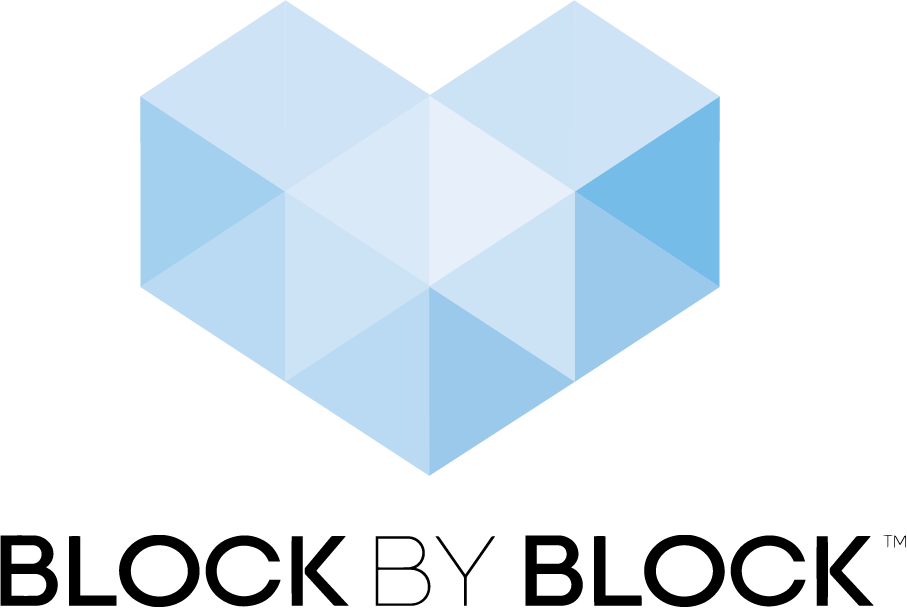Building Space to Gather and Garden in Niamey, Niger
Building Space to Gather and Garden in Niamey, Niger
Rehabilitating a large park Niamey, Niger creates new agricultural land and a playground for kids, with improved safety from day to night.
Building Space to Gather and Garden in Niamey, Niger
Niamey, Niger
Project type: public garden and park
Collaborators: UN-Habitat, HealthBridge, Peaceful Roads
Region: Africa
Tags: accessibility, children and youth, empowering women and girls, multigenerational use, public health, public safety and security, public space assessment, rapid urbanization, sports and recreation
Credit: UN-Habitat
Background
As the population grows in Niamey, Niger, the increased density is crowding out public spaces. A 2016 audit by Nigerian organization Peaceful Roads found that only seven parks existed, with only two in operational condition. UN-Habitat partnered with Peaceful Roads, HealthBridge, and the local community to rehabilitate unusable park land.
The park site lacked structure and many resources before the intervention. Credit: UN-Habitat
“Public space is a growing issue in Niger. Rapid population growth is putting pressure on our cities, and without enough public spaces it is difficult to provide good quality of life and enough basic services for citizens.”
Building Space to Gather and Garden, Block by Block
The first workshop took place in September 2017, when 25 participants gathered in Gadafawa. Although the group had little experience with computers, the pilot project was a success. This sparked further interest in developing other areas near Niamey, bringing about another workshop in September 2018, in the lower-density residential area of Cité Fayçal.
Two teams of nine people each worked together to imagine new possibilities for the developed park. Their priorities included a playground for the children, water and agricultural space, plants and shrubs to define the space, and trash cans to keep it clean.
“You get much better outcomes when the people who live and work around the space are involved from the beginning. It’s basically a democratic issue. It’s about community participation.”
Minecraft made it easy for participants to illustrate their ideas for the park. Credit: UN-Habitat
“Minecraft is a great urban planning tool because you can visualize the space without needing to interpret a drawing, without other prior knowledge.”
Progress
Developing the park required significant participation and effort from the community. The open space now has borders of fencing and greenery to mark off the recreational area. Major effort went into adding irrigation systems that now support fertile ground. Next to this land sits a colorful playground that provides swings, a seesaw, and play space for local children.
“For many Block by Block Workshop participants, this is the first time they have been able to say—and show—what they want to see in their cities. For me, Block by Block represents the start of transformational conversations in cities around the globe.”
One consideration in the process revolved around safety. Some expressed a concern for nighttime usability, leading to a list of security recommendations. The park will host scheduled activities at times in order to increase its public usage and encourage locals to use it at night. The plan also includes space for food concession stands to promote the local economy and bring people to the park.
The fully renovated space now welcomes happy children. Credit: UN-Habitat









